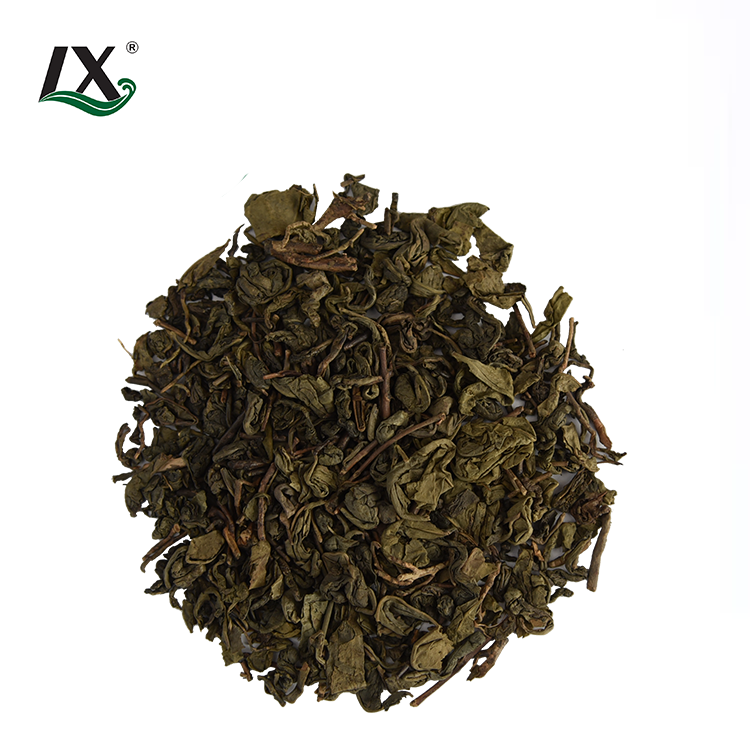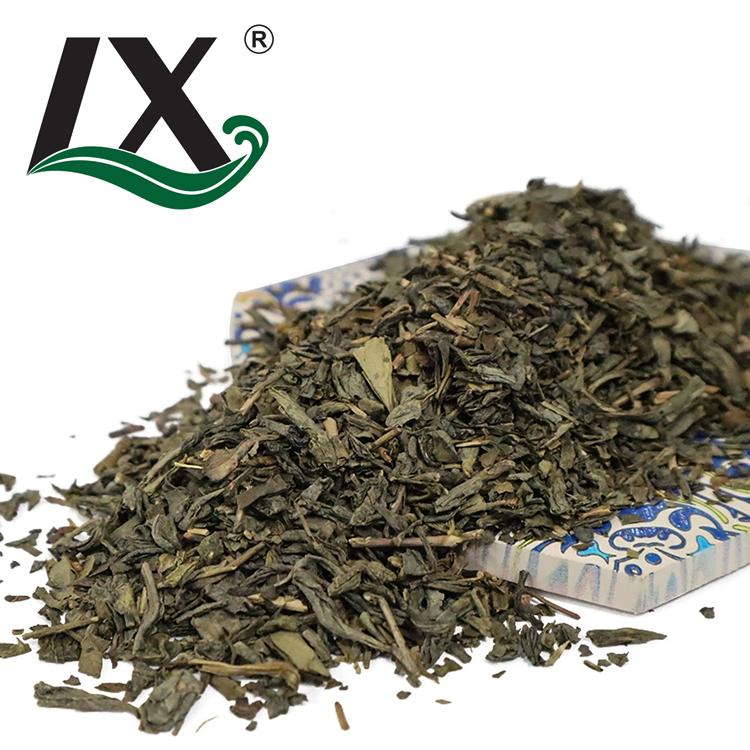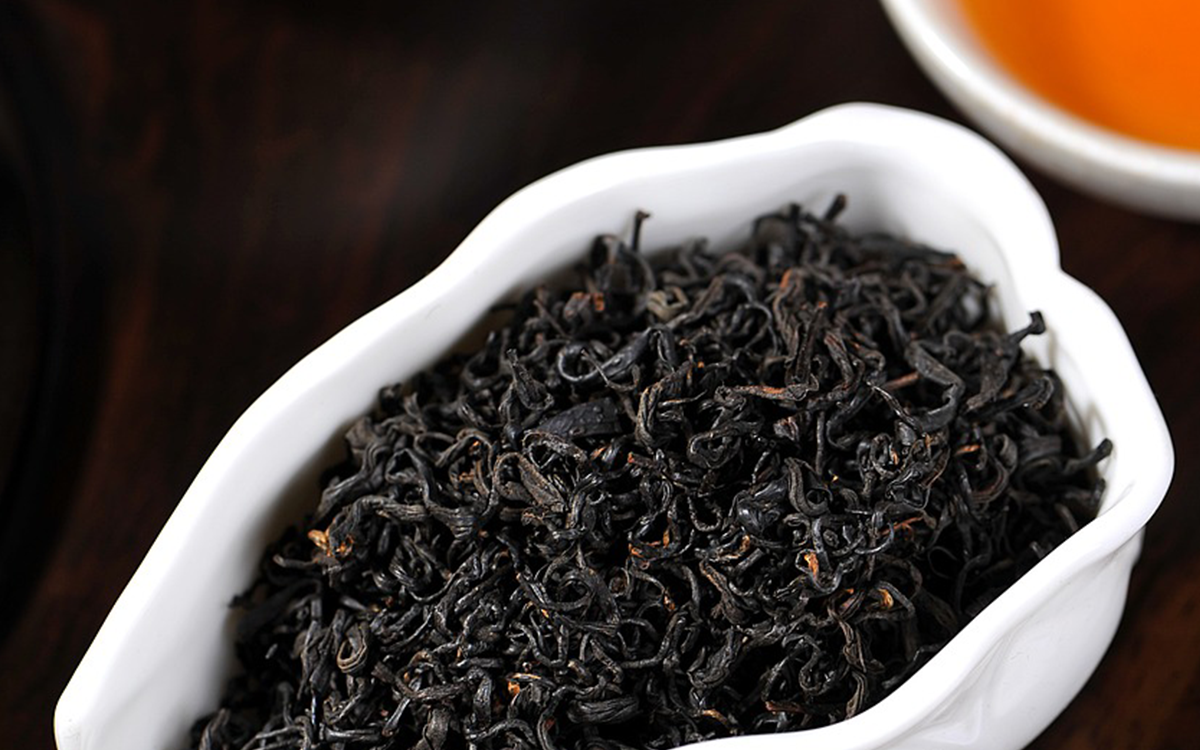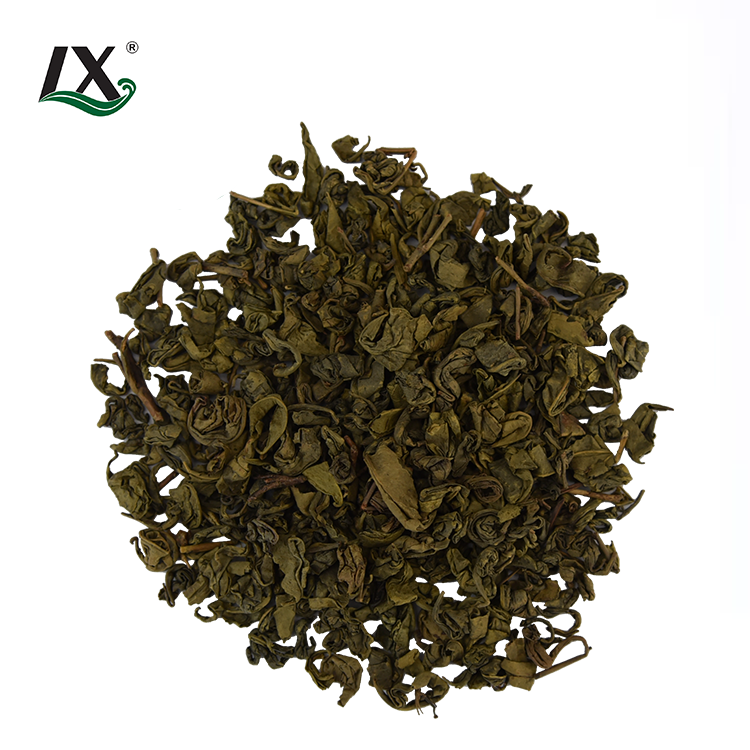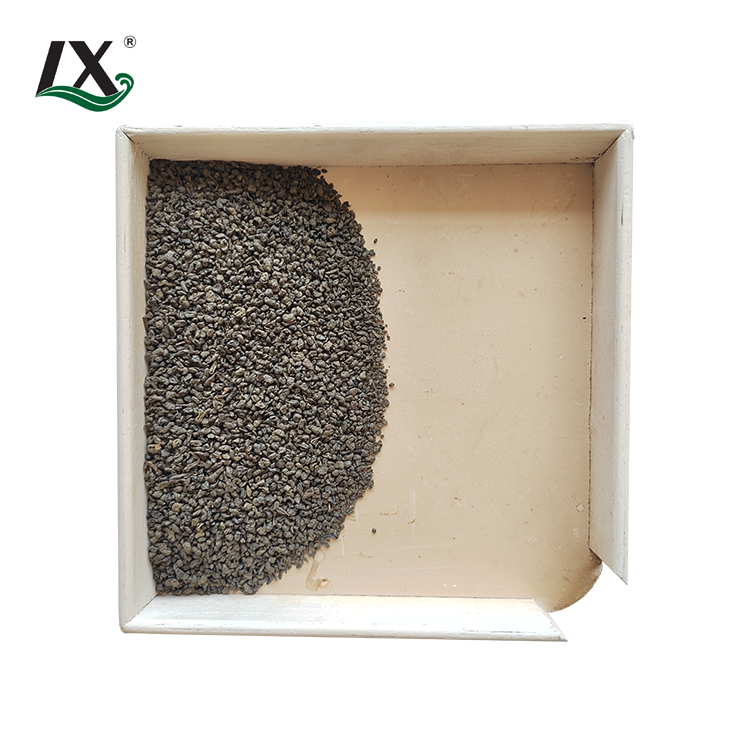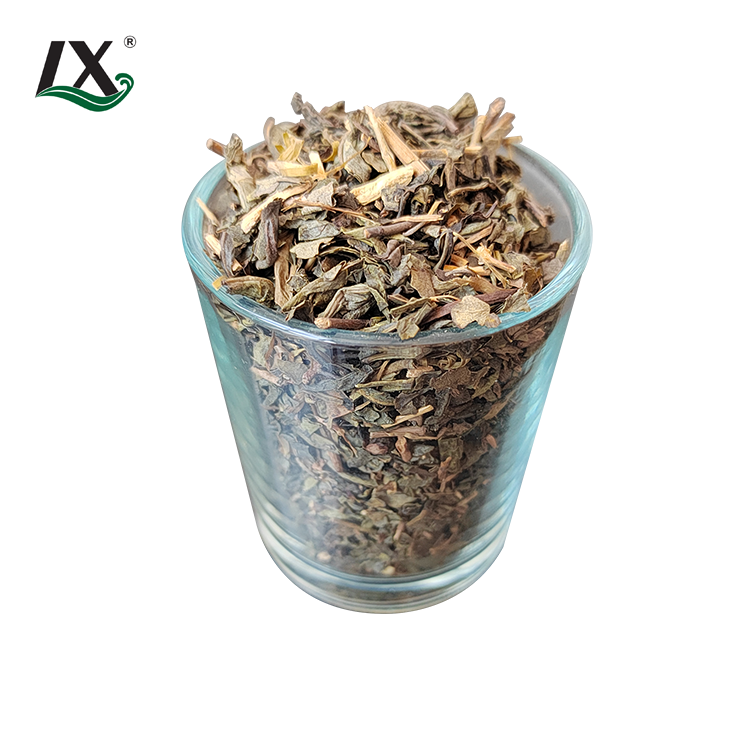Chunmee Tea To The Best Of You
Introduction
Chunmee Tea, also known as "Precious Eyebrow" tea, is a renowned green tea with a rich history and a distinctive flavor. Its name, derived from the shape of the processed leaves, reflects the artistry and tradition behind this beloved beverage. In this article, we will delve into the origins, benefits, and proper brewing techniques of Chunmee Tea, ensuring you get the best experience from every cup.
Table of Contents
- The Origins of Chunmee Tea
- Understanding the Unique Flavor Profile
- Health Benefits of Chunmee Tea
- How Chunmee Tea is Produced
- Selecting the Best Chunmee Tea
- Proper Storage Techniques
- Brewing the Perfect Cup
- Chunmee Tea in Chinese Culture
- Culinary Uses of Chunmee Tea
- Comparing Chunmee Tea with Other Green Teas
- Popular Chunmee Tea Recipes
- Common Mistakes to Avoid When Brewing Chunmee Tea
- Pairing Chunmee Tea with Food
- Environmental Impact and Sustainability
- Conclusion
1. The Origins of Chunmee Tea
Chunmee Tea has its roots in the Jiangxi province of China. It is one of the oldest varieties of green tea, with cultivation methods passed down through generations. The tea's distinctive "eyebrow" shape is achieved through meticulous hand-rolling processes, preserving its unique characteristics.
2. Understanding the Unique Flavor Profile
Chunmee Tea is known for its bright, yellow-green liquor and a robust flavor with a hint of plum-like sweetness. This tea offers a slightly tangy aftertaste, making it a favorite among green tea enthusiasts.
3. Health Benefits of Chunmee Tea
Rich in antioxidants, Chunmee Tea provides numerous health benefits. It aids in digestion, boosts metabolism, and helps reduce the risk of chronic diseases. The tea's catechins and polyphenols contribute to overall well-being, promoting heart health and enhancing mental clarity.
4. How Chunmee Tea is Produced
The production of Chunmee Tea involves several steps, including plucking, withering, rolling, and drying. Each step is carefully monitored to ensure the leaves retain their shape and flavor. The traditional methods used in production enhance the tea's quality and maintain its natural benefits.
5. Selecting the Best Chunmee Tea
When choosing Chunmee Tea, look for leaves that are tightly rolled and have a glossy appearance. The color should be a vibrant green, indicating freshness. Always buy from reputable sources to ensure the best quality.
6. Proper Storage Techniques
To preserve the flavor and freshness of Chunmee Tea, store it in an airtight container away from light, heat, and moisture. A cool, dark place is ideal for maintaining the tea's quality over time.
7. Brewing the Perfect Cup
To brew the perfect cup of Chunmee Tea, use fresh, filtered water heated to about 175°F (80°C). Steep one teaspoon of tea leaves per cup for 2-3 minutes. Avoid overstepping, as this can result in a bitter taste.
8. Chunmee Tea in Chinese Culture
Chunmee Tea holds a special place in Chinese culture, often associated with hospitality and tradition. It is commonly served during family gatherings and special occasions, symbolizing respect and togetherness.
9. Culinary Uses of Chunmee Tea
Beyond its traditional use as a beverage, Chunmee Tea can be incorporated into various culinary recipes. Its unique flavor pairs well with savory dishes and desserts, adding a delicate tea essence to meals.
10. Comparing Chunmee Tea with Other Green Teas
While similar to other green teas, Chunmee Tea stands out due to its distinctive processing method and flavor profile. Compared to teas like Dragonwell or Sencha, Chunmee offers a more pronounced tanginess and robustness.
11. Popular Chunmee Tea Recipes
Explore recipes such as Chunmee Tea-infused rice, tea-smoked chicken, and green tea cookies. These dishes highlight the versatility of Chunmee Tea in both savory and sweet applications.
12. Common Mistakes to Avoid When Brewing Chunmee Tea
Avoid common mistakes such as using boiling water, overstepping, and improper storage. These errors can significantly affect the flavor and quality of your tea.
13. Pairing Chunmee Tea with Food
Chunmee Tea pairs well with light foods such as salads, seafood, and mildly flavored desserts. Its astringency complements rich and fatty dishes, balancing the flavors harmoniously.
14. Environmental Impact and Sustainability
Chunmee Tea is typically produced using traditional farming methods that emphasize sustainability. Supporting organic and fair-trade Chunmee Tea helps promote environmental conservation and ethical practices.
15. Conclusion
Chunmee Tea offers a unique and enriching experience for tea lovers. Its rich history, health benefits, and versatile uses make it a valuable addition to any tea collection. By understanding the origins, flavor profile, and proper brewing techniques, you can enjoy the best Chunmee Tea has to offer.
FAQs
-
What is the best water temperature for brewing Chunmee Tea?
- The ideal water temperature is around 175°F (80°C).
-
Can Chunmee Tea help with weight loss?
- Yes, its metabolism-boosting properties can aid in weight management.
-
How long can Chunmee Tea be stored?
- When stored properly, Chunmee Tea can retain its freshness for up to a year.
-
What are the key antioxidants in Chunmee Tea?
- Chunmee Tea is rich in catechins and polyphenols, which are powerful antioxidants.
-
Is Chunmee Tea suitable for cooking?
- Absolutely, it can be used in various recipes to enhance flavors.







